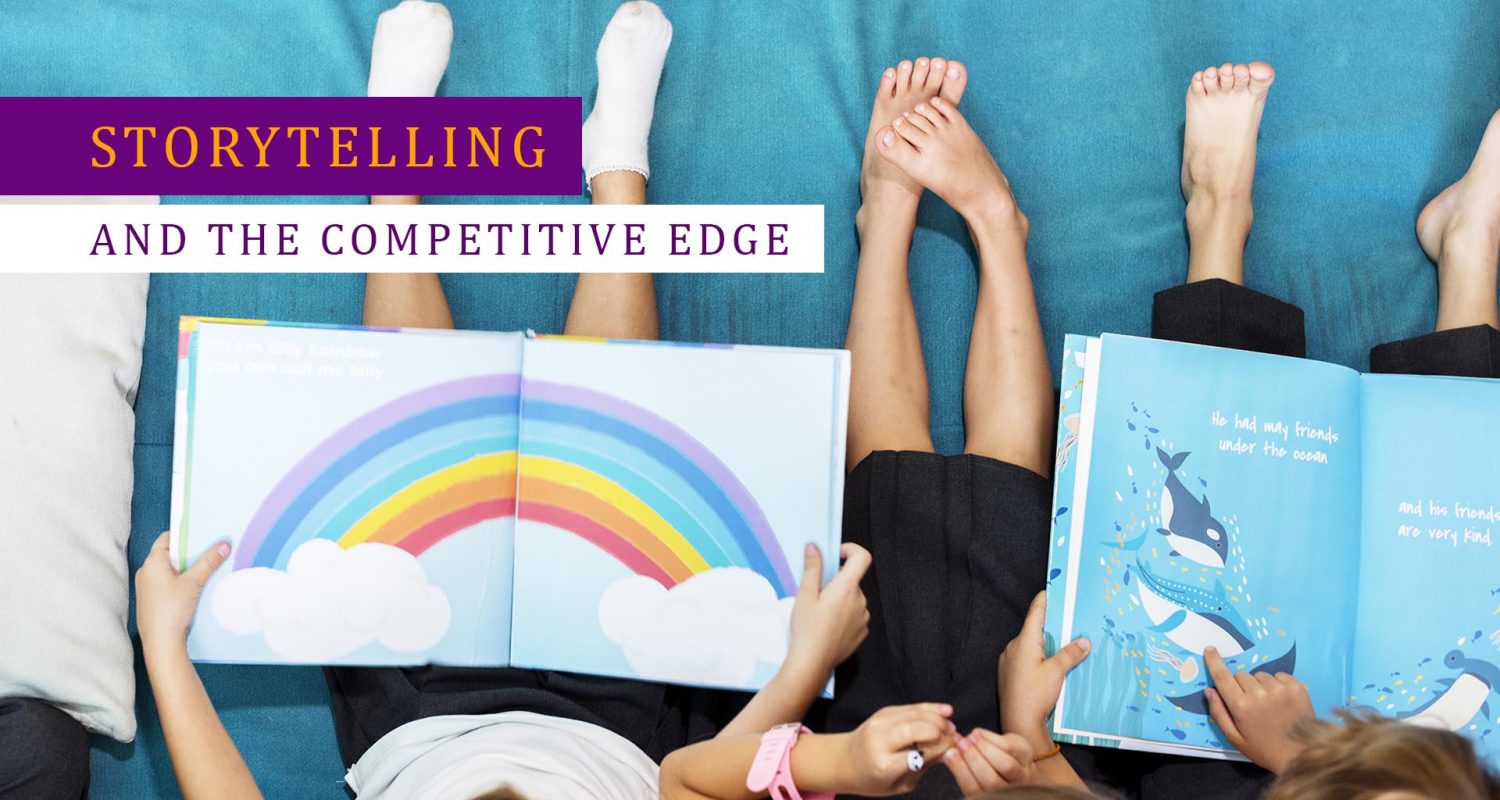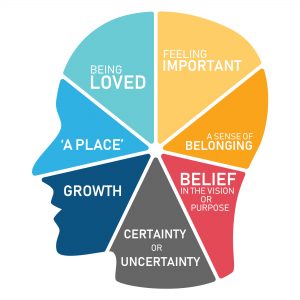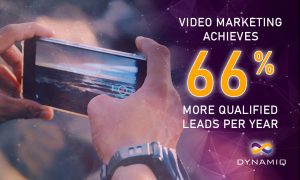BLOG: Storytelling and the Competitive Edge
Storytelling and the Competitive Edge – by Rob Cao
As kids, we love storytelling – we tell them to ourselves for entertainment (imagination is a wonderful thing) and we ask our parents to read them to us when we go to bed.
Through the years as we grow up, many of us lose the ability to create our own stories – everyday life takes over. We replace them with experiences and memories. We compartmentalise them as just that – memories, consigned to storage until a photo on Social Media or conversation jogs them from our cognitive filing cabinet.
When someone tells us a story though – we love it.
It’s why we all gain so much enjoyment from going to the cinema, streaming a movie or series at home, going to the theatre, listening to the radio, reading a book.
We all have a favourite film that speaks out to us, one we can watch over and over. Mine is ‘The Curious Case of Benjamin Button’. I watch it without fail every time we (Ali, Emmi and I) travel and have a few hours of time to occupy. Ali and Emmi are much less interested in watching it for the 5th hundredth time, but for me; headphones on > iPad on > just press play.
Storytelling can give you the ability to reach and engage with your audience like no other form of communication. It can give you that ‘je ne sais quoi’ – the competitive edge.
Psychological Drivers
As people, we have a collection of psychological drivers – wants and needs:
- A ‘place’
- Being loved
- Feeling important
- A sense of belonging
- Belief in the vision
- Certainty or uncertainty
- Growth
Storytelling can give you the perfect vehicle to engage one, many or all these psychological drivers. In fact, creating brand stories could be the smartest decision you could make for your business/organisation, and there is a science behind it too!
Getting Started
So, at this point, you might be thinking:
“Yes, that’s all well and good but who’s going to want to hear my stories!?”
or
“I can’t think of any stories to tell.”
Whatever stories you tell, you’ll find an audience – be specific in who you’re telling your story to and tailor it to them. Always remember, your story is for your audience – what is the value they will gain from it? What’s the moral of the story?
If you can’t think of any stories to tell, then think about the experiences you’ve enjoyed (or suffered) and the learnings you took away from them. Share those learnings through your stories.
Start with the End in Mind
Have you ever seen ‘Momento’ by Christopher Nolan?
It’s a story that begins at the end, and then unfolds, scene by scene – backwards. The movie gave the audience a sense of what was to come and kept them hooked on the ‘how it happened’.
The main protagonist played by Guy Pearce has no memory or recollection of events so the audience is essentially picking through the lost memories as the film plays itself backwards.
Giving your audience a glimpse of the end can be a great way to engage your audience.
Legendary actor, Tom Hanks applies a similar technique to his interviews. He starts with ‘I’m going to tell you a story about how….’ (no, he’s not doing a Will Smith, the Fresh Prince impression!).
He then shares the journey. The audience is hooked.
Sharing Personal Stories
Our brains are wired to connect and engage with stories – more so when they’re compelling. When a story creates an emotional connection with us, our brains release a chemical transmission known as ‘Dopamine’ which naturally makes the content of the story more memorable.
One way to make that emotional connection is by sharing a personal story. Why? Because:
- It’s yours and no one else’s
- It will help you stand out from the crowd
- It will make you more human and relatable
- It will make your brand more human – people buy from people
- It will help you build trust – quicker
- You’ll develop a tribe, not a portfolio
Once you’ve identified your audience and crafted your story, share it!
- Write it (blog)
- Video it (vlog)
- Record it (pod)
The more places you share it, the more people you’ll engage and inspire.
Be brave – you’ve great stories to share.
Find out more about Rob here.







